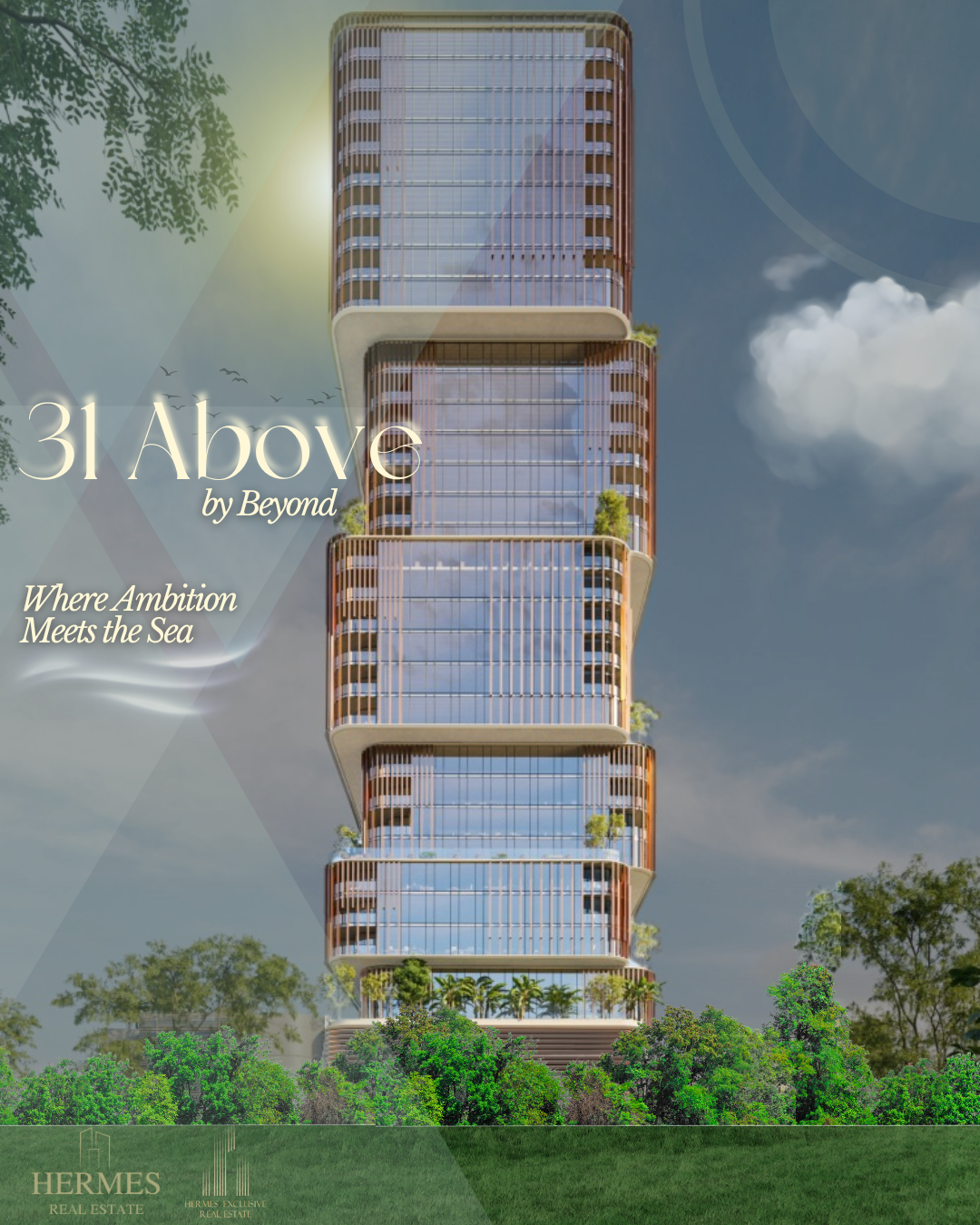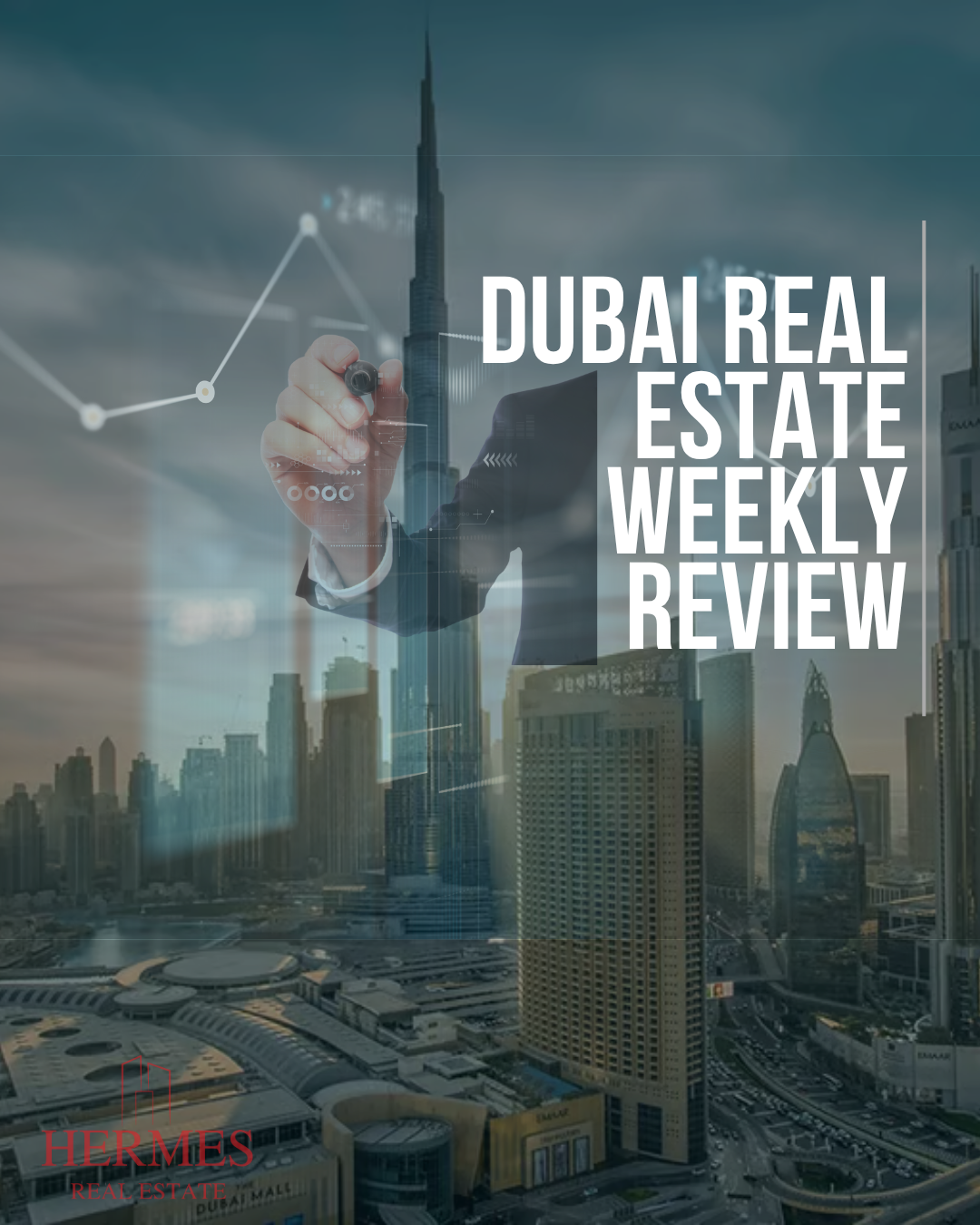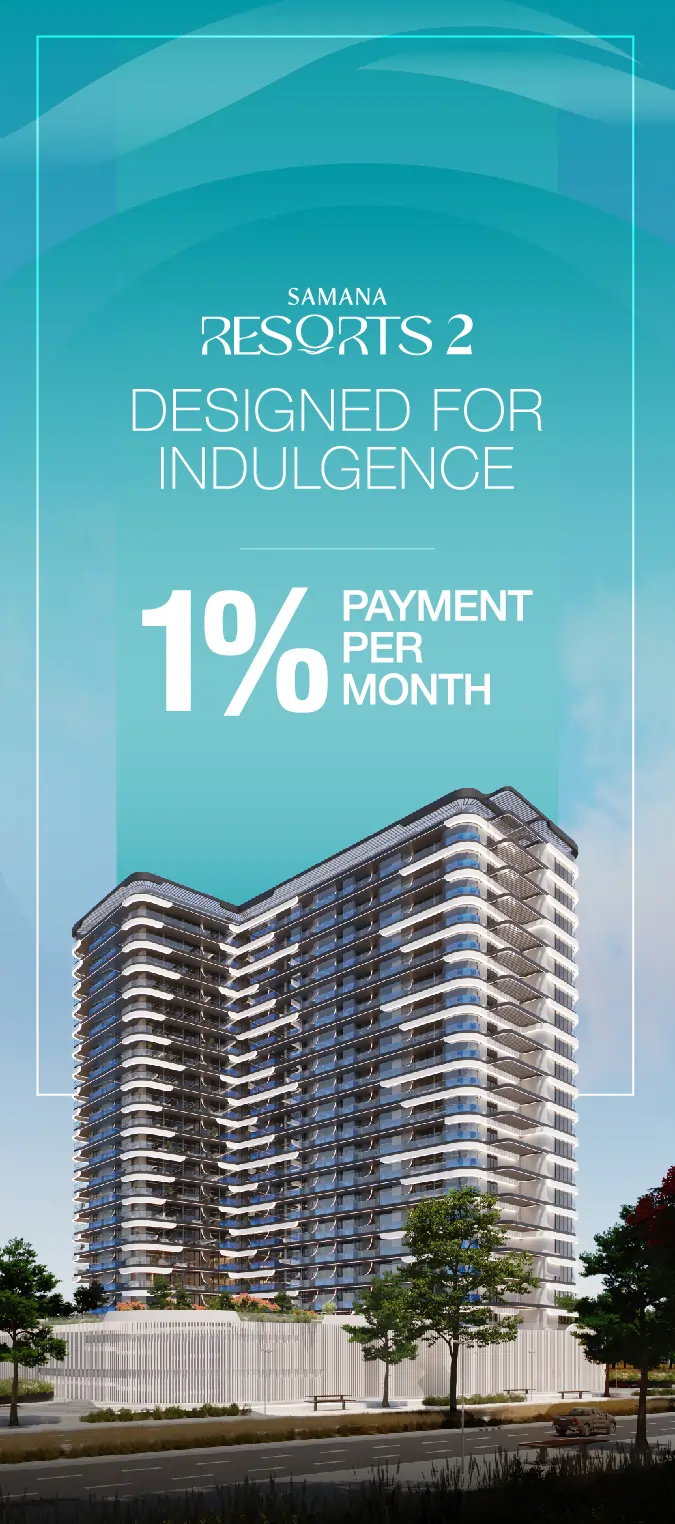Dubai’s commercial property market is entering a new phase one defined by maturity, stability, and sustained investor confidence.
According to CRC Property’s Q3 2025 Market Report, the sector achieved Dhs30.38 billion ($8.27 billion) in total sales during the third quarter, a 31% year-on-year increase. This performance signals not just recovery but real momentum in asset value appreciation across Dubai’s office, retail, and industrial segments.
For investors, the message is clear: Dubai’s commercial property cycle is now yield-driven rather than speculative, offering consistent returns anchored by real business demand.
Office Assets Lead Dubai’s Investment Story
The office sector continues to be the strongest performer.
In Q3 2025, office sales hit Dhs3.1 billion across 1,153 units, up 18% quarter-on-quarter and a remarkable 93% year-on-year. Deal volumes grew 45% year-on-year, highlighting sustained institutional and private investor appetite.
This growth has been propelled by two fundamental forces:
- Corporate relocation and expansion — multinational firms and regional SMEs are seeking ownership over leasing to lock in long-term cost efficiency.
- Limited premium supply — new Grade A and ESG-compliant offices are scarce, driving both rental yields and capital appreciation upward.
Vacancy rates are at historic lows, particularly in established business districts such as Business Bay and Jumeirah Lakes Towers (JLT). According to CRC’s area data:
- Business Bay led with 328 transactions,
- JLT followed with 277,
- Majan and JVC recorded 112 and 110, respectively,
- Barsha Heights (Tecom) closed 71 deals.
This diversification across both prime and emerging districts demonstrates a decentralised growth model, where value is no longer confined to the central business core.
Investor Insight: Smaller Offices, Bigger Yields
While total transaction value for commercial sales dipped 2% in Q3, the story behind the data is one of yield optimisation.
Smaller-ticket offices particularly those priced between Dhs500,000 and Dhs2 million drove the majority of deals, with units in the Dhs500,000–1 million range up 50% quarter-on-quarter.
This shift signals rising interest from SMEs, start-ups, and private investors looking for affordable strata offices with high occupancy and strong rental returns.
In high-demand zones such as JLT and Business Bay, well-located strata offices are delivering gross yields of 8–10%, outperforming many global commercial hubs where yields often sit between 3–5%.
Capital Appreciation on the Rise
Average selling prices for secondary offices climbed to Dhs1,685 per sq. ft in Q3 2025 up to 19% year-on-year, the highest level in more than a decade.
Values have now surpassed pre-2015 peaks, reflecting Dubai’s transition from post-crisis recovery to a sustainable growth phase.
Analysts attribute this appreciation to limited Grade A supply, ESG-driven demand, and corporate flight to quality where tenants and buyers alike prioritise energy-efficient, well-managed assets in prime business locations.
For investors, this means long-term value retention is becoming a key advantage. Unlike previous cycles, where rapid appreciation was followed by correction, today’s growth is underpinned by real end-user demand.
Development Pipeline: Quality Over Quantity
Roughly 680,000 square meters of new office supply are scheduled for delivery by 2027, primarily in Business Bay, Motor City, and select free zones.
This limited pipeline should sustain rent and price growth as occupier demand continues to expand.
Among the most anticipated projects:
- Lumena Alta by Omniyat (Business Bay): a 73-storey, 78,000 sqm office tower with premium amenities and ESG certification, set for completion in Q1 2030.
- HQ by Rove (Marasi Bay): 23 office floors spanning 500,000 sq. ft, featuring modular units, EV charging, and even a “moving café elevator,” expected by Q1 2029.
These developments highlight Dubai’s focus on quality, innovation, and sustainability — factors that directly enhance long-term rental stability and asset appreciation.
Retail Rebound: Diversification Opportunities
Dubai’s retail property segment also showed a robust 95% quarter-on-quarter surge in total transaction value, reaching Dhs1.15 billion across 437 deals.
Key growth drivers include:
- High-net-worth tourism, which continues to boost premium retail demand.
- The rise of experiential and wellness-focused retail, especially in health, fitness, and specialty F&B.
Top-performing districts include International City (85 deals) and Majan (66 deals), both offering attractive entry points for investors seeking lower capital outlay with stable leasing demand.
Leasing Trends: Favouring Flexibility and Long-Term Tenure
CRC reports that 64% of office leases in Q3 2025 were structured with four-cheque payment terms, indicating tenant preference for cash flow flexibility.
Rental demand remains strong across the board, particularly for fitted, ready-to-occupy offices, which command premium rents and shorter vacancy periods.
Yields for such assets in Business Bay and Tecom range between 8–9%, while JLT strata offices can exceed 10%, depending on fit-out quality and service charges.
Investor Takeaway: A Market Built for Returns
Dubai’s commercial property market has evolved into a data-driven, fundamentals-based investment environment.
Key investor takeaways for 2026 and beyond:
- Strong ROI potential: Smaller strata offices offer 8–10% gross yields, outperforming many global peers.
- Capital appreciation outlook: Secondary office prices rose 19% YoY, driven by supply scarcity and tenant demand.
- Diversified opportunity: Prime (Business Bay, JLT) and secondary (Majan, JVC) markets both offer compelling entry points at different price brackets.
- Sustainability premium: ESG-certified, energy-efficient buildings are commanding higher valuations and faster absorption.
- Long-term stability: Historic-low vacancies and a controlled development pipeline mean reduced downside risk.
The Bottom Line
Dubai’s office property market has shifted from speculative to strategic from chasing quick flips to building consistent, yield-backed portfolios.
Whether you’re a private investor seeking passive income through strata offices, or an institutional player targeting long-term capital growth, Dubai’s maturing commercial sector offers both stability and upside.
In a global environment where many office markets are struggling with oversupply and hybrid work challenges, Dubai stands out as a rare exception a market where occupancy, rents, and investor returns are all rising in tandem.





